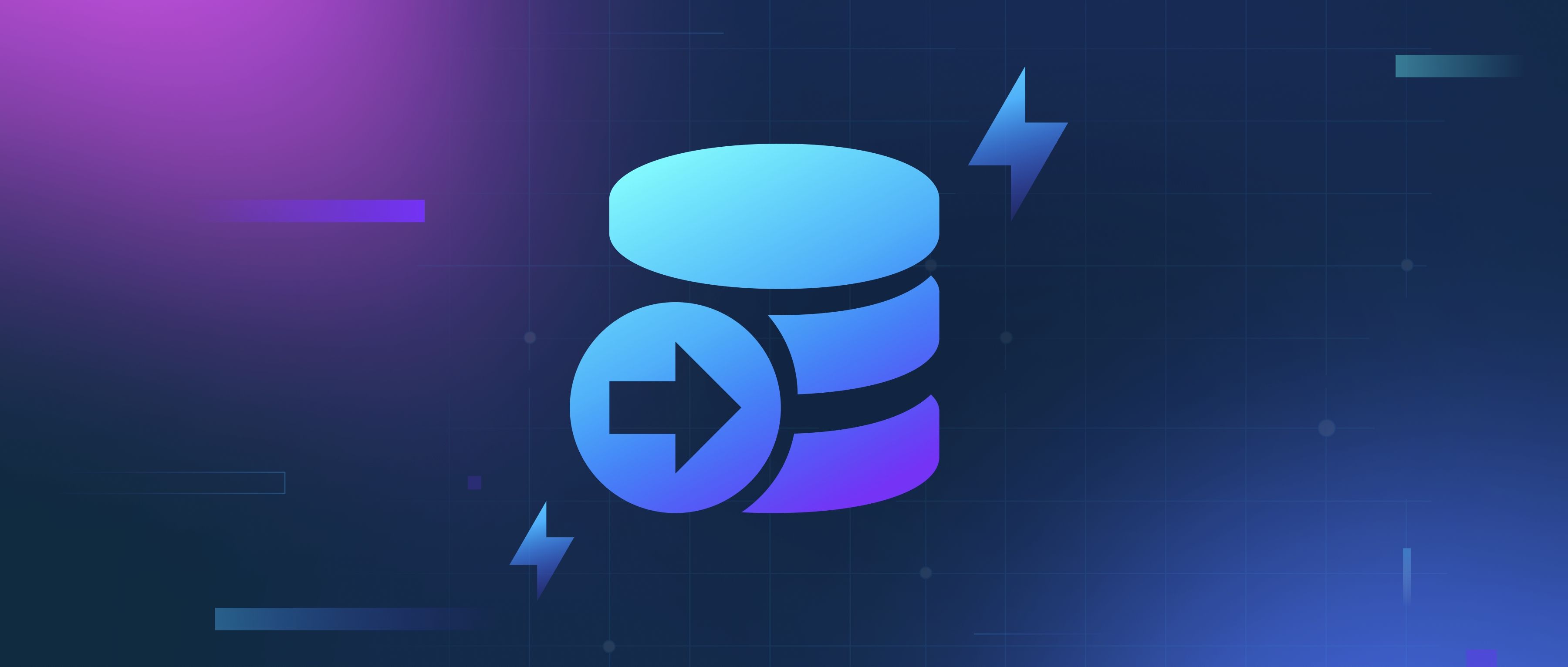Robots learn from their environment through reinforcement learning (RL) by interacting with their surroundings and receiving feedback based on their actions. In this process, a robot takes actions in a specific environment and observes the results of those actions. Each action is associated with a reward or punishment, which helps the robot understand the effectiveness of its behavior. The primary goal is to learn a policy, a strategy that defines the best actions to take in various situations to maximize cumulative rewards over time.
For example, consider a robot designed to navigate a maze. Initially, it may take random actions—moving forward, turning left, or right. Each movement leads to different outcomes: hitting a wall could signify a negative reward, while moving closer to the exit might yield positive reinforcement. The robot uses this feedback to adjust its future movements. Over numerous trials, it learns which actions lead to favorable outcomes, gradually improving its maze-solving capabilities. The learning process involves updating a value function, which estimates the future rewards associated with different actions, guiding the robot to make better choices as it encounters similar scenarios.
In practice, several algorithms support this learning process. Q-learning is a popular model-free RL technique where the robot maintains a table of actions and their respective values, updating its understanding each time it explores the environment. As the robot engages with the maze repeatedly, it develops an efficient path that leads it to the exit swiftly. Another approach is deep reinforcement learning, which employs neural networks to handle more complex environments. Here, the robot doesn’t just rely on predetermined values but learns to evaluate a broader range of actions based on past experiences, leading to more adaptive and effective behavior in diverse situations.
